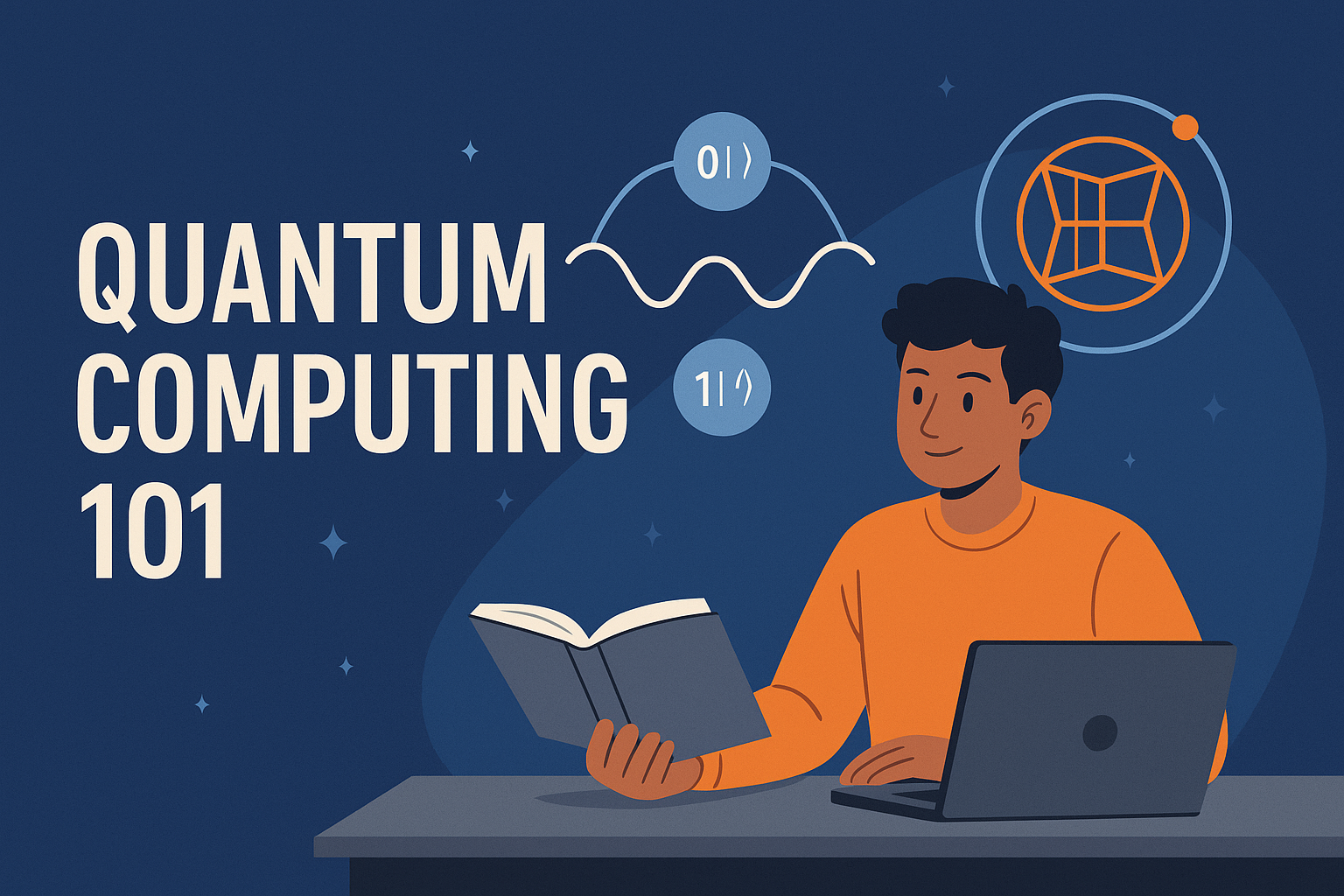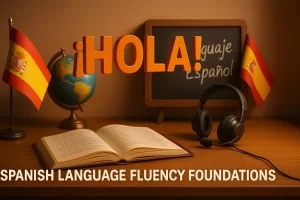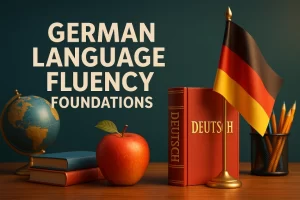Imagine the day quantum computers feel as normal as ChatGPT does today.
When that moment arrives, will you already speak the language of qubits?
Quantum computing used to sound like distant science fiction. Now IBM, Google, and start-ups are racing to make it practical. Governments pour billions into research, and job boards list new titles such as “Quantum Software Engineer” and “Quantum Algorithm Designer.” If you are a computer-science or IT student, this is a golden time to step in early—long before everyone else tries to catch up.
Below is a friendly roadmap that tells you what to learn, why it matters, and how to start today with little more than a laptop and curiosity.
1. Learn the Core Concepts (No Heavy Math Required)
- Qubits vs. Bits
- Bits hold 0 or 1.
- Qubits can be 0, 1, or any blend of both at once (called superposition).
- Key idea: superposition lets quantum computers explore many answers in parallel.
- Entanglement
- Qubits can become “linked.” Change one, and you instantly change the other.
- This property fuels quantum speed-ups for certain problems.
- Measurement
- Looking at a qubit collapses its uncertain state to a definite 0 or 1.
- Quantum programming is partly about deciding when to measure.
- Quantum Gates
- Think of them as logic gates for qubits: X, Z, Hadamard, CNOT, etc.
- Gates build circuits—the quantum version of algorithms.
Tip: Use everyday analogies (coins, spinning tops, sunglasses) to teach friends.
Explaining concepts to others cements your own understanding.
2. Pick a Beginner-Friendly Toolkit
| Toolkit | Language | Why It’s Great for Students |
| Qiskit | Python | Free IBM cloud access, lively community, plenty of YouTube tutorials |
| Cirq | Python | Made by Google, focuses on near-term quantum devices |
| Braket SDK | Python | Lets you test on Amazon’s simulators and multiple real hardware providers |
| Q# | C-style | Runs on the Microsoft Quantum Development Kit, great if you like strong typing |
Start with one—preferably Qiskit, because the documentation assumes zero background and you can run small circuits right in a Jupyter notebook.
3. Master the Prerequisite “Classical” Skills
- Python Fluency
- Nearly every quantum SDK uses Python wrappers.
- Build small scripts: data wrangling, plotting, unit tests.
- Linear Algebra Basics
- Vectors, matrices, tensor products.
- Khan Academy or any first-year math class is enough.
- Version Control (Git/GitHub)
- Quantum code is still code—track it, share it, document it.
- Command-Line Comfort
- Pip installs, virtual environments, running notebooks from terminal: all essential.
4. Build Mini-Projects to Cement Knowledge
Project 1: Quantum Coin Flipper
Write a 10-line Qiskit script that uses a Hadamard gate to create a “fair” quantum coin. Measure the qubit, print HEADS or TAILS. Extend it to run 1,000 flips and check distribution.
Project 2: Two-Qubit Entanglement Demo
Create a Bell state with a Hadamard plus CNOT. Measure both qubits repeatedly and prove they match (00 or 11). Visualize results with a bar chart.
Project 3: Quantum Teleportation (Stretch Goal)
Send the state of one qubit to another using entanglement and classical bits. It sounds wild but can fit in about 30 lines of code.
Upload these notebooks to GitHub. Recruiters love proof.
5. Practice “Quantum Thinking”
- Probabilistic Mindset – Unlike classical outputs, quantum results are probabilities.
- Algorithm Patterns – Grover for search, Shor for factoring, VQE for chemistry.
- Error Awareness – Real qubits are noisy; learn about error mitigation.
Daily exercise: read one abstract from the arXiv “quant-ph” category and write a two-sentence summary. This builds comfort with jargon.
6. Join the Community
- Open-Source Repos – Contribute simple docs fixes or notebook translations.
- Discord/Slack Channels – Qiskit, Cirq, and Quantum-Native each host beginner rooms.
- Hackathons – Many are online and beginner-friendly; teams often include mentors.
- Study Groups – Form a campus circle and tackle the Qiskit textbook chapter by chapter.
Networking now pays off when internships appear.
7. Set a 90-Day Learning Plan
- Weeks 1–4 – Core concepts + Python refresh + run first circuits.
- Weeks 5–8 – Finish Qiskit textbook sections on gates, entanglement, and algorithms.
- Weeks 9–12 – Complete two mini-projects, document them on GitHub, write a blog post explaining what you learned.
Print the plan, tape it above your desk, and mark each box as you complete it.
8. Look Ahead: Career Paths Opening Soon
| Role | Primary Focus | Recommended Extra Skill |
| Quantum Software Engineer | Write circuits, optimize code | C++ or Rust for performance |
| Quantum Algorithm Researcher | Invent new algorithms | Strong math, research reading |
| Quantum Cloud Architect | Bridge classical + quantum workflows | DevOps, containerization |
| Quantum Educator | Teach the next wave of learners | Pedagogy, public speaking |
The field is young—titles shift quickly. Flexibility is key.
Conclusion
Quantum tech may feel mysterious today, just as machine-learning felt in 2012. Fast forward, and ML is everywhere—from ChatGPT to phone cameras. Quantum computing could follow a similar curve. Start small, stay consistent, and you’ll be the person everyone pings when the “quantum moment” arrives.
Ready to dive deeper? Keep experimenting, keep sharing, and remember: the future loves early adopters!



